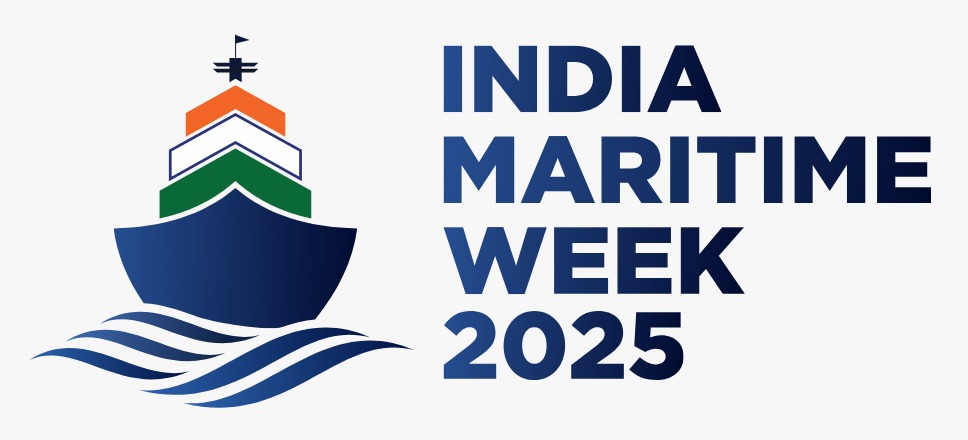The implementation of Maersk’s SH3 ocean service between China and Bangladesh will be facing several challenges, spanning operational, market, environmental, social, strategic, and financial aspects. Addressing these challenges requires comprehensive planning, robust infrastructure, strategic market positioning, and proactive stakeholder engagement to ensure successful integration and long-term sustainability of the new service.
Operational Challenges
-
Logistical Coordination
Complex Scheduling: Synchronizing the new SH3 service with existing routes (SH1, SH2, and IA7) requires precise planning and execution to avoid delays and disruptions.
Port Congestion: Ensuring that ports like Shanghai, Xiamen, Kaohsiung, Nansha, Tanjung Pelepas, and Chittagong can handle the increased traffic without causing bottlenecks.
-
Technological Integration
System Upgrades: Updating and integrating IT systems for real-time tracking and management across the new route can be a significant undertaking.
Data Management: Handling the increased data flow from additional services requires robust data infrastructure and security measures.
-
Infrastructure Readiness
Port Facilities: Ensuring that all ports on the SH3 route have the necessary infrastructure, such as cranes and storage facilities, to handle the additional volume.
Customs and Regulations: Navigating varying customs regulations and procedures across different ports can cause delays and complications.
Market and Economic Challenges
-
Market Adaptation
Demand Forecasting: Accurately predicting market demand and aligning shipping capacity to avoid underutilization or overcapacity.
Pricing Strategy: Setting competitive yet sustainable pricing in the face of fluctuating market conditions and competitor actions.
-
Competitive Pressure
Market Entry: Competing with established players on the China-Bangladesh route may require aggressive marketing and pricing strategies.
Customer Loyalty: Convincing existing customers to switch to the new service while attracting new clients can be challenging.
Environmental and Social Challenges
-
Environmental Impact
Sustainability Measures: Implementing eco-friendly practices and technologies to minimize the environmental footprint of increased shipping activities.
Regulatory Compliance: Adhering to international and local environmental regulations, which may differ across regions.
-
Community Relations
Local Disruptions: Managing the impact of increased port activities on local communities, including noise, traffic, and environmental concerns.
Stakeholder Engagement: Ensuring continuous communication and engagement with local authorities, businesses, and communities to address concerns and foster cooperation.
Strategic and Financial Challenges
-
Investment and Costs
Capital Expenditure: The initial investment required for new ships, port upgrades, and technological infrastructure can be substantial.
Operational Costs: Managing ongoing operational costs while maintaining profitability, especially during the initial phases.
-
Risk Management
Supply Chain Disruptions: Preparing for potential disruptions, such as geopolitical tensions, natural disasters, or pandemics, which can impact shipping routes.
Financial Risks: Ensuring financial stability and mitigating risks associated with currency fluctuations, fuel price volatility, and economic downturns.




